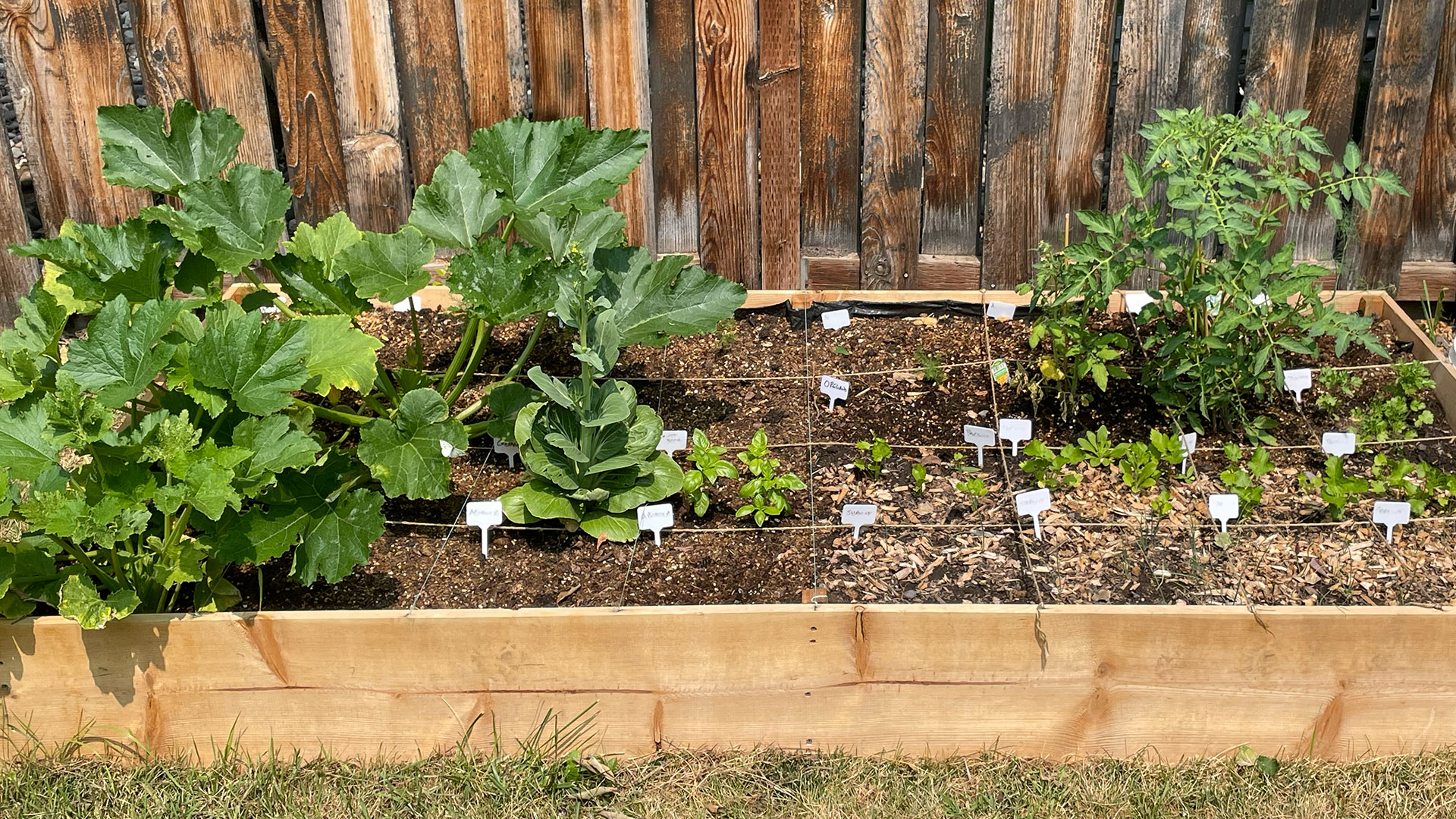Square foot gardening is an efficient, organized, and beginner-friendly method of growing vegetables, herbs, and flowers in a small space. Developed by Mel Bartholomew in the 1980s, this gardening approach divides a raised bed into 1-foot squares, each dedicated to a specific crop. By maximizing space, reducing waste, and improving soil conditions, square foot gardening is a great option for new and experienced gardeners alike.
Why Choose Square Foot Gardening?
If you’re new to gardening or dealing with limited space, square foot gardening offers many benefits:
- Space Efficiency: This method allows you to grow more in a smaller area compared to traditional row gardening.
- Less Weeding: With densely planted squares, there’s little room for weeds to take hold.
- Easier Maintenance: Raised beds eliminate the need for heavy tilling and reduce soil compaction.
- Higher Yields: Optimal spacing ensures each plant gets the nutrients, light, and water it needs to thrive.
- Water Conservation: Smaller garden plots require less watering than large in-ground gardens.
Best Soil Mix for Square Foot Gardening
A key component of square foot gardening is the soil mixture, which should be light, nutrient-rich, and well-draining. The recommended mix, often called Mel’s Mix, consists of:
- 1/3 Compost – Provides essential nutrients for plant growth.
- 1/3 Peat Moss (or Coconut Coir as an eco-friendly alternative) – Helps retain moisture and improve aeration.
- 1/3 Vermiculite (or Perlite) – Enhances drainage and keeps the soil from becoming compacted.
Using this mix eliminates the need for chemical fertilizers and ensures your plants have a fertile environment from the start.
What Can You Grow in a Square Foot Garden?
Almost any vegetable or herb can be grown using square foot gardening principles. However, plant spacing varies depending on the crop, and some plants may require more than one square. This is not a complete list—consult a gardening database or guide for a full list of vegetables and their specific spacing requirements:
- One per square: Broccoli, cabbage, cauliflower, peppers, eggplant, and tomatoes
- Four per square: Lettuce, Swiss chard, basil, marigolds
- Nine per square: Spinach, bush beans
- Sixteen per square: Carrots, radishes, onions
- Vining plants (trained on a trellis): Cucumbers, pole beans, peas, melons
- Four squares per plant: Zucchini (unless grown vertically in a tomato cage)
Why is Square Foot Gardening a Good Choice for Bozeman?
Bozeman’s short growing season and unpredictable weather can make traditional gardening a challenge. Square foot gardening helps mitigate these difficulties by:
- Extending the Growing Season: Raised beds warm up faster in the spring and can be covered with row covers or hoops to protect against frost.
- Maximizing Limited Growing Time: The method’s intensive planting strategy ensures high productivity even in a short season.
- Better Soil Control: Bozeman’s natural soil can be rocky, alkaline, heavy with clay, or low in nutrients, but using a custom soil mix in a raised bed provides an optimal growing environment.
- Water Efficiency: The well-draining soil mix reduces overwatering risks, and the smaller area makes it easier to use water effectively.
Getting Started with Square Foot Gardening
- Build a Raised Bed: A common size is 4’ x 4’ or 4’ x 8’ to allow easy access from all sides.
- Create a Grid: Use string, wood slats, or sticks to divide the bed into 1-foot squares.
- Fill with Mel’s Mix: Use the ideal soil blend to provide a nutrient-rich growing medium.
- Plan Your Crops: Choose a variety of plants and arrange them based on their spacing needs. See Planning a Square Foot Garden
- Water and Maintain: Keep the soil moist and check for weeds, though the dense planting will reduce their occurrence.
- Enjoy the Harvest! With staggered planting, you can enjoy fresh produce throughout the growing season.
Square foot gardening is a fantastic way for beginners and experienced gardeners to grow their own food efficiently, even in challenging climates like Bozeman’s. By maximizing space, improving soil quality, and extending the growing season, this method provides a productive and manageable way to cultivate a thriving garden. Whether you’re looking to grow fresh vegetables, aromatic herbs, or even flowers, square foot gardening offers a structured yet flexible approach to making the most of your garden space.
Learn more about Square Foot Gardening: https://squarefootgardening.org/


Leave a Reply